- By 2035, the levelized cost of electricity for onshore wind will drop by 27% and offshore wind by 17-35%.

A recent "Wind Power Future Forecast to 2035" survey by 140 world-class wind power experts showed that the unit capacity of wind turbines will continue to increase in the future, regardless of onshore or offshore wind power, and the cost of wind power will also drop significantly. Wind energy development projects will more frequently be coordinated with the production of energy storage batteries or hydrogen.
Predicting key characteristics of wind farms a decade or more in advance can inform investment, research and energy system planning decisions today. Researchers Philipp Beiter and Eric Lantz from the U.S. National Renewable Energy Laboratory (NREL), along with collaborators from Lawrence Berkeley National Laboratory and the U.S. Department of Energy, solicited more than 140 world-leading wind power experts on their expectations for future wind farms and asked them to talk about the future of wind power in 2035 in their minds, and finally formed the report "Expert Views on Future Wind Farms". The research project was funded by the U.S. Department of Energy's Office of Wind Energy Technology and conducted through the International Energy Agency's Wind Energy Technical Cooperation Program (IEAWindTCP) International Research Partnership Network.
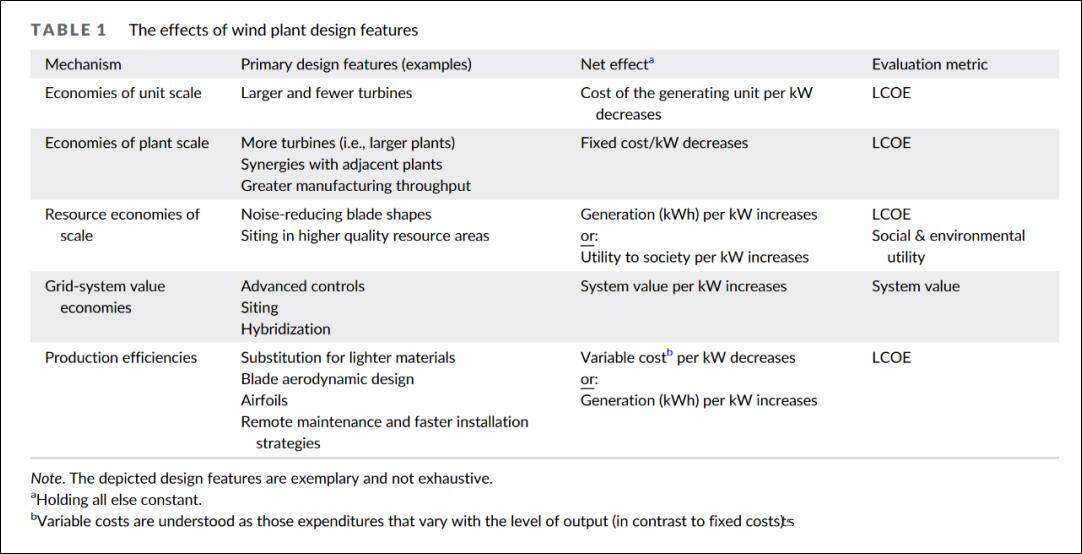
Wind power costs are expected to decrease across the board. Experts surveyed generally agree that the levelized cost of electricity (LCOE) for onshore wind will fall by 27% by 2035, compared to today's figures, and by 17-35% for offshore wind. Although future wind power projects may be sited in less attractive wind regions, the downward trend in costs is still to be expected. (Click to visit the reference report: this wind power cost report, nothing more exciting! /articles/s41560-021-00810-z)
Regarding the decline in annual parity wind speeds, experts predict that the global median annual average wind speed for new onshore wind projects will drop from 7.9 meters per second (m/s) in 2019 to 7.5 m/s in 2035.
Contrary to these two declining trends, wind turbines will rapidly increase in rated capacity, hub height and rotor diameter, experts say.
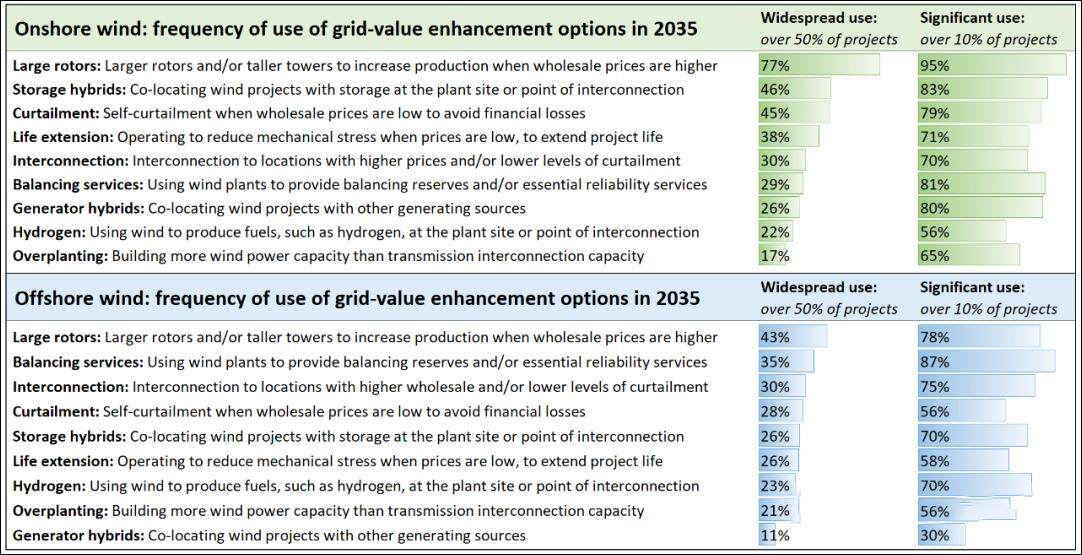
The average capacity of onshore wind turbines is expected to grow from 2.5MW in 2018 to 5.5MW in 2035. By 2035, the growth in the individual capacity of offshore wind turbines is expected to be more pronounced dwarfing the current average capacity, growing from 4.4MW in 2018 to 17MW in 2035. About 40% of survey respondents predict that typical offshore wind turbines installed in 2035 will have a single capacity of 20MW or more.

Newly installed onshore wind turbines are also expected to see higher hub heights (130m in 2035 compared to just 100m in 2018) and larger rotor diameters (up to 175m in 2035 compared to 117m in 2018). In a survey conducted by NREL and other organizations in 2015, (https://doi.org/10.1038/nenergy.2016.135) it was predicted that the hub height of onshore wind turbines would reach 115 meters in 2030, which is more obvious than the current survey. Low.
The increase in hub height (151m in 2035 and 90m in 2018) and rotor diameter (250m in 2035 and 132m in 2018) for offshore wind turbines is even more pronounced.
Offshore wind power project scale: The project scale of fixed-base offshore wind farms is 1,100MW, and the scale of floating offshore wind farms is 600MW.
Distance from shore: For fixed-base offshore wind, experts expect the median project in 2035 to be located further offshore (70km (2035) vs. 40km (2019) and deeper waters (42m in 2035) vs. 30m in 2019), but the average wind speed is expected to remain stable at 9.5m/s.
Offshore wind water depth trends: With increasing water depths (>60m [2035] vs. >80m [2019]), floating offshore wind is expected to be a lower cost option (rather than fixed-base offshore wind), in part due to Floating wind farms have higher expected wind speeds (10m/s)
The research team also asked global experts about the industry restrictions they expect to be in place in 2035. Offshore wind will have to deal with challenges associated with ocean-going vessels, construction cranes and the cost of supplying and servicing port facilities.
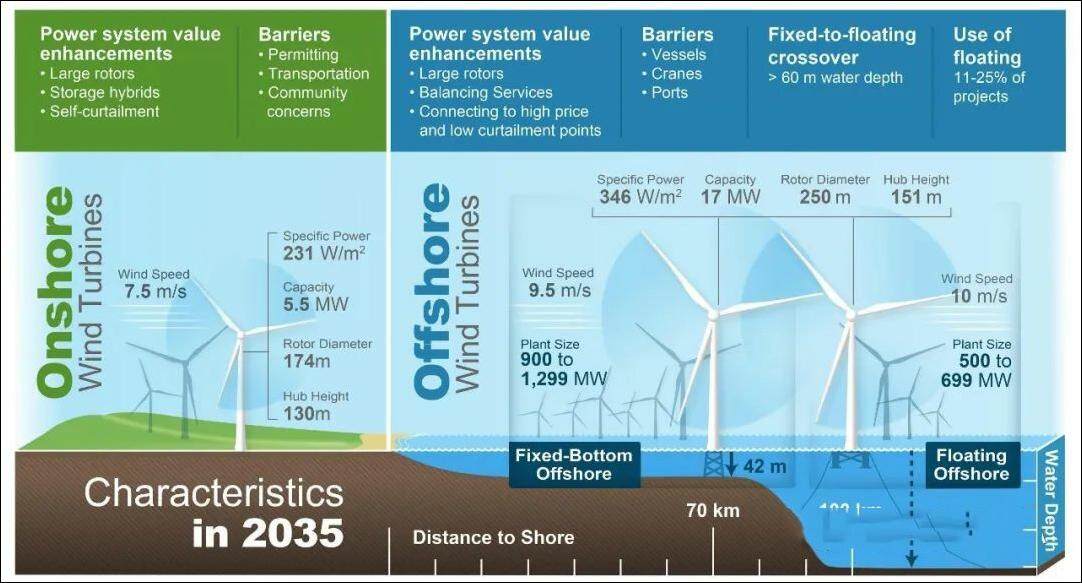
However, experts also believe that there are significant regional differences in wind power. Experts expect North American wind projects to be more likely to encounter difficulties with transportation, ships, cranes and ports. In terms of community acceptance, European wind energy projects are expected to face greater challenges.
Grid SystemValueEnhancementOptions:
As the levelized cost of electricity (LCOE) of wind energy falls, more focus will turn to the value of wind energy in the energy market;
For onshore wind, a sizable percentage of experts expect heavy use or even widespread use of many grid system value-added options: large wind turbine rotors, hybrids with storage batteries, cuts to maximize revenue and extend life, etc. (see The following figure);
For offshore wind, the highest value-enhancing options include: larger rotors, providing balancing services, interconnection to add value to the grid, and blending with storage and hydrogen production.
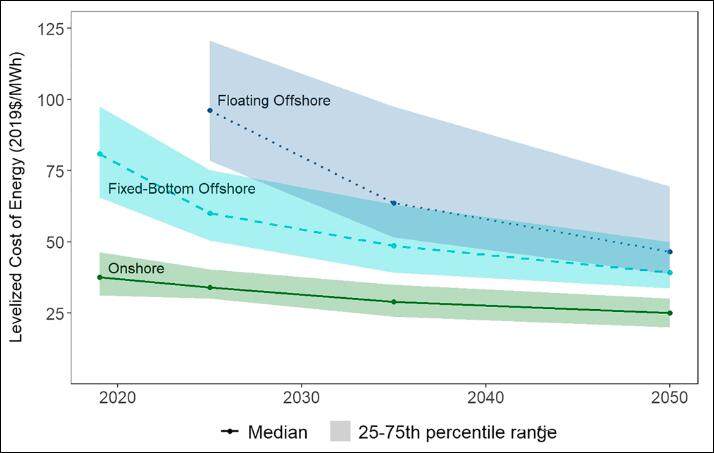
The paper also identifies five economic mechanisms that facilitate forecast design changes, including: economies of scale from wind turbine growth, larger wind power projects, more flexibility in site selection, value economics, and production efficiency of the grid system. Essentially, these mechanisms can facilitate wind farm design choices because they can reduce costs or increase the value of energy production above the incremental cost of acquiring them. Editor / Xu Shengpeng
Comment
 Praise
Praise
 Collect
Collect
 Comment
Comment
 Search
Search



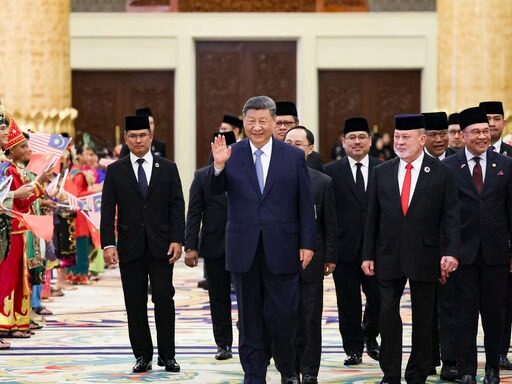

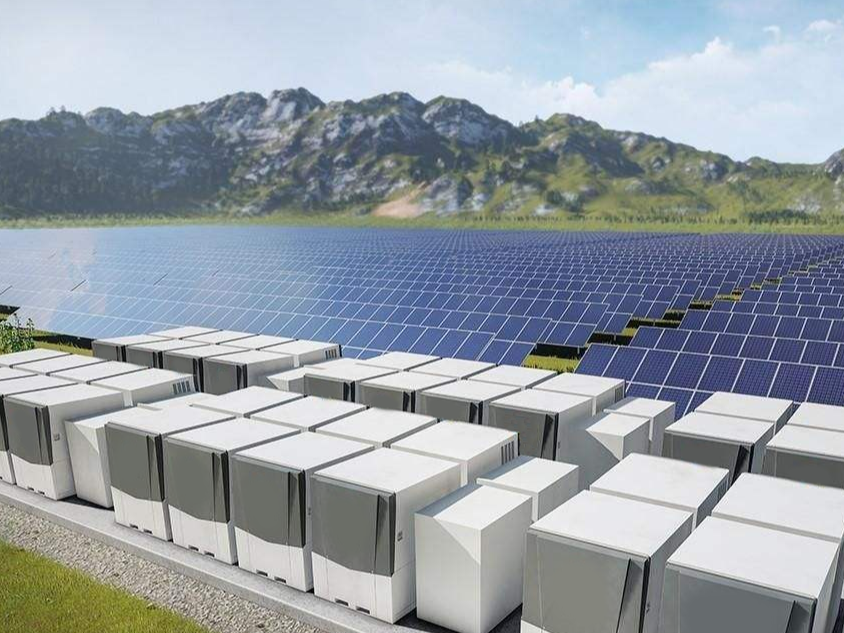

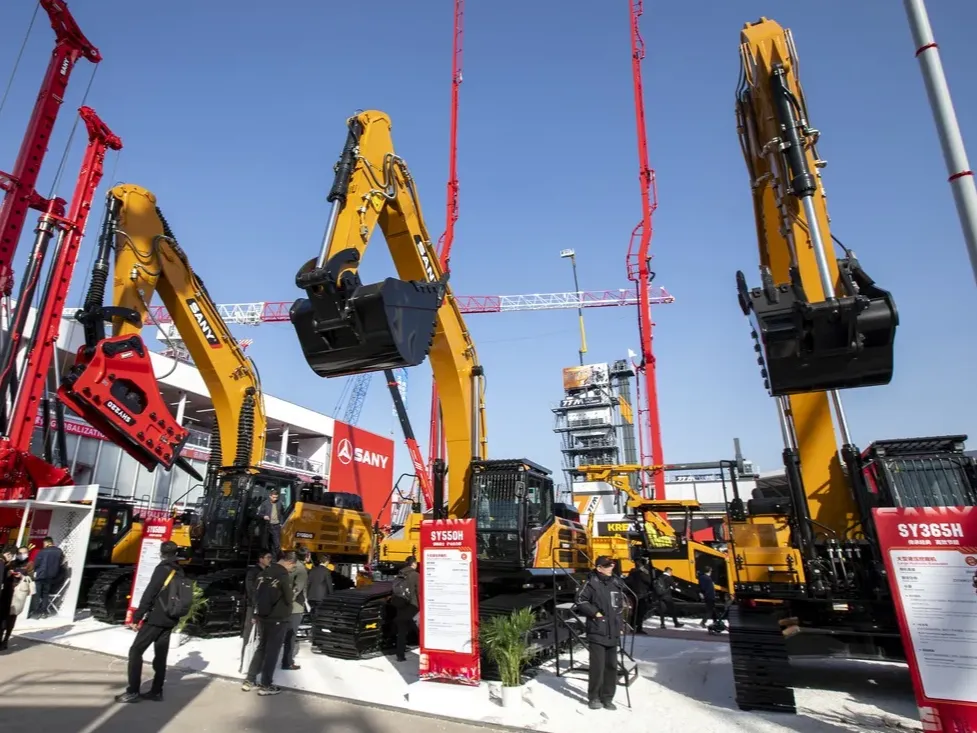






Write something~